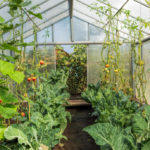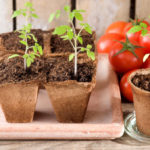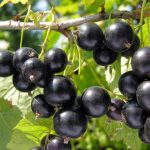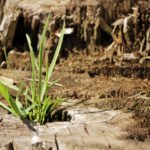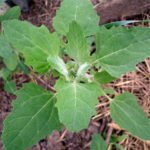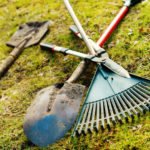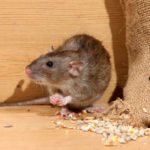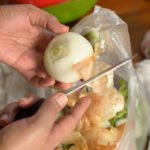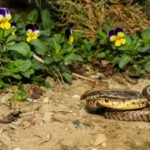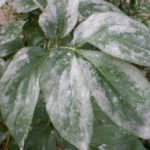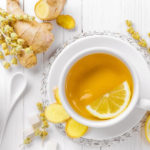We continue the theme of useful plants that summer residents use in the country life. And today we will talk about those species that (unlike repellent plants) do not scare away pests, and destroy them.
Insecticidal plants are real green helpers in the country. They partially replace chemical preparations and thus are completely safe for useful garden inhabitants: animals, birds, insects.
Many of them are poisonous, but some insecticidal plants you have already settled in the country, because the benefits of them are much more than harm. Others do not make sense to grow on your site, especially if it is small, their harvesting can be carried out in the vicinity of the country, in nature.
Tagetes
Beautiful flower annuals are grown through seedlings. In the country we use in open Sunny places with fertile soils: in the compositions of flower beds, borders of beds.
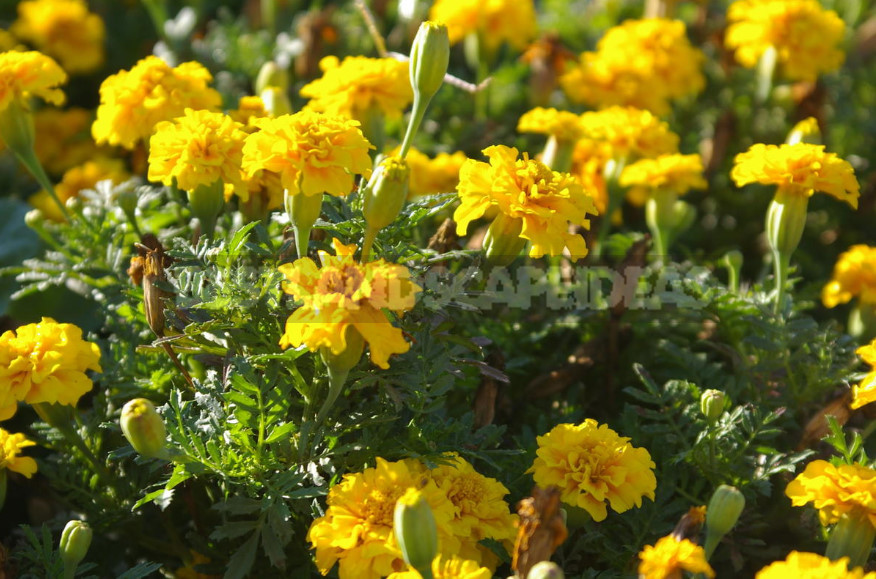
Used part of the plant: flowers, leaves.
Pests: aphids.
Infusion is prepared at the rate of 100 g of dry weight per 1 liter of water.
Sambucus nigra
High fast-growing flowering shrub planted as a tapeworm: it will be useful in the economic zone, where effectively decorates the summer toilet, compost heap. Fruits (berry-like black drupes) attract birds to the dacha, which will also help in the fight against harmful insects.
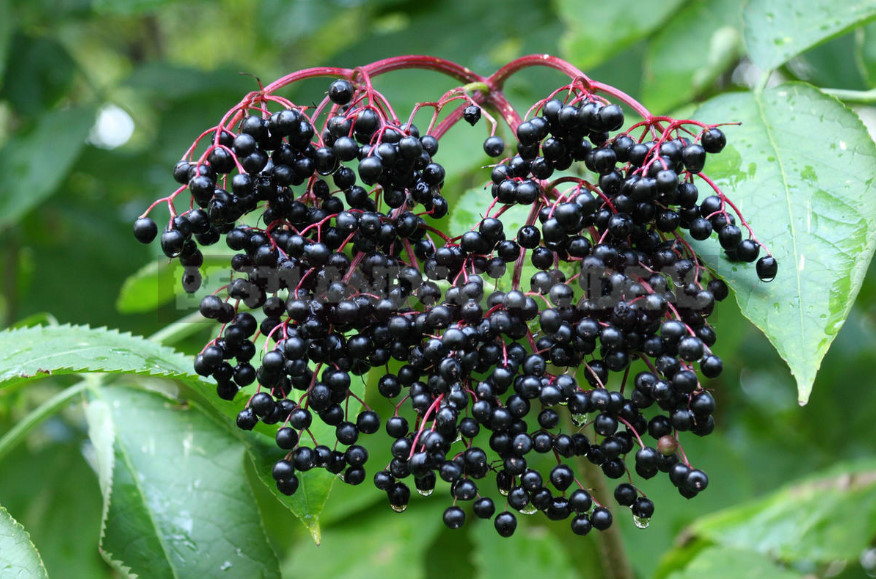
Used part of the plant: fruit.
Pests: aphids, slugs.
Infusion is prepared at the rate of 550 g of berries per 3 liters of water.
Potato
Grown in the country as one of the main vegetable crops – for edible tubers, but to combat pests suitable aboveground part, which is often called potato tops.
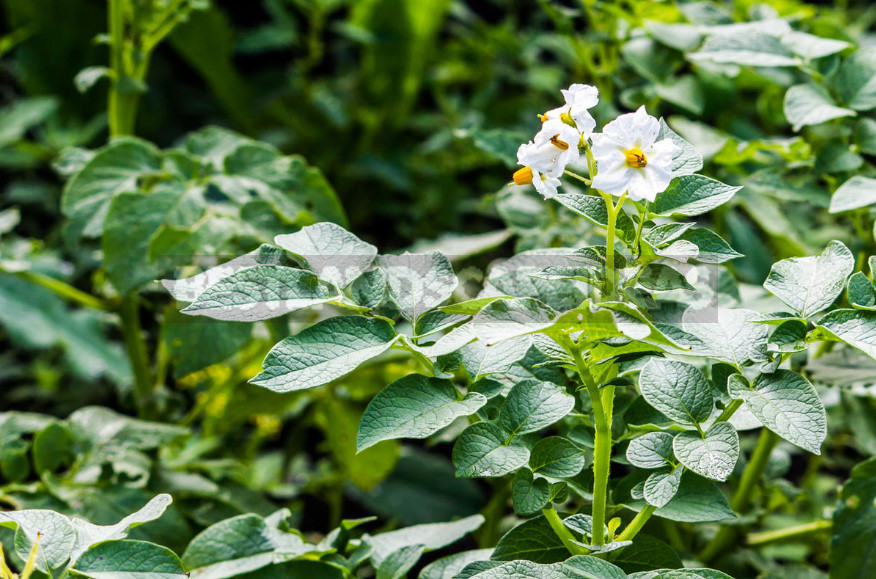
Pests: aphids, ticks, larvae of the shield.
Infusion is prepared at the rate of 120 g of raw mass per 1 liter of water.
Verbascum
Verbascum densiflorum, or Verbascum densiflorum, Verbascum phlomoides can be placed in the background of the flower garden, at the fence or even in rockery. Seeds are sown under winter without sealing, but with mulching a thin layer of humus. In the first year of flowering will not, only a decorative rosette of leaves. From the second year there are spectacular high candle-shaped peduncles.
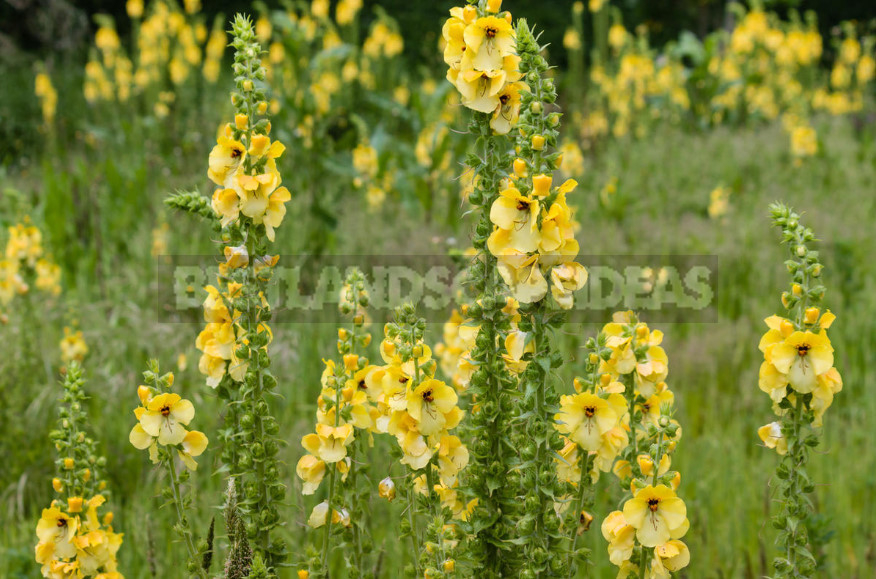
Used part of the plant: leaves, stems.
Pests: aphids.
The infusion is prepared at the rate of 1 kg of raw weight (or 400 g dry) per 10 liters of water. Infuse for 2 weeks, stirring. Immediately before use, strain, dilute with water in a ratio of 1: 10.
Burdock
Weed. In the country do not grow, harvest in nature.
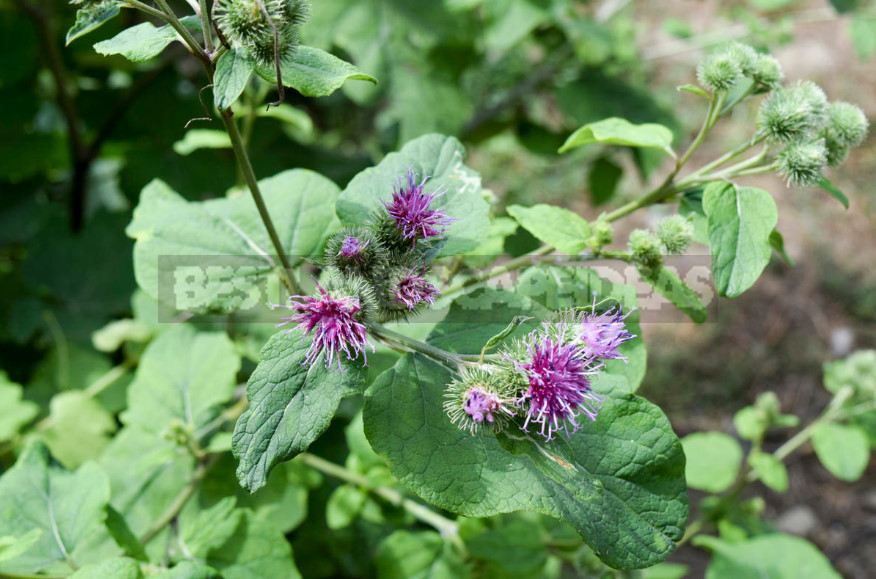
Used part of the plant: leaves, stems.
Pests: aphids, thrips; can be used against caterpillars scoops, moths, cabbage white.
Infusion is prepared at the rate of 400 g of raw mass per 1 liter of water.
Onions
In the country grown as one of the main vegetable onion crops.
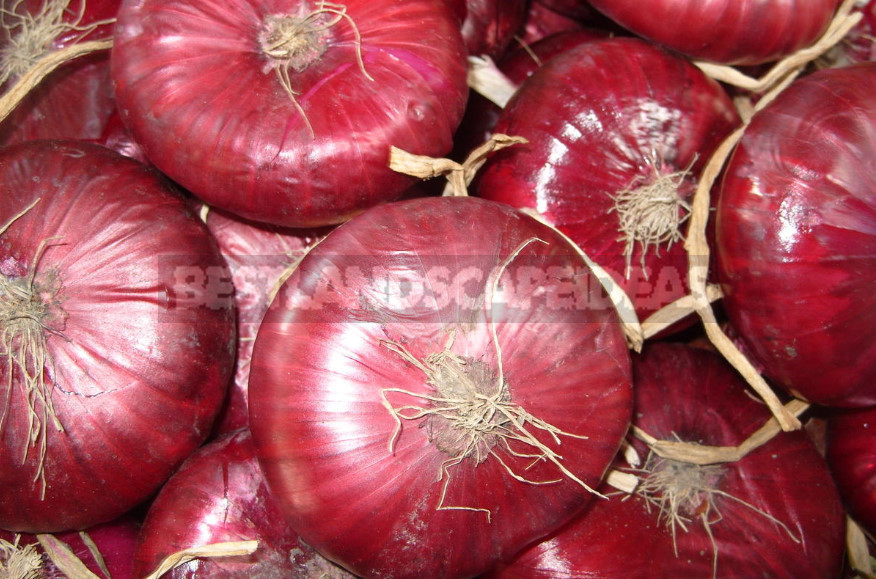
Used part of the plant: husks, bulbs.
Pests: larvae of thrips, caterpillars scoop.
Infusion is prepared at the rate of 15-20 g of raw mass per 1 liter of water.
Dandelion medicinal
In the country specifically do not grow, but he often lives uninvited on the lawn, in the flower garden and so on.
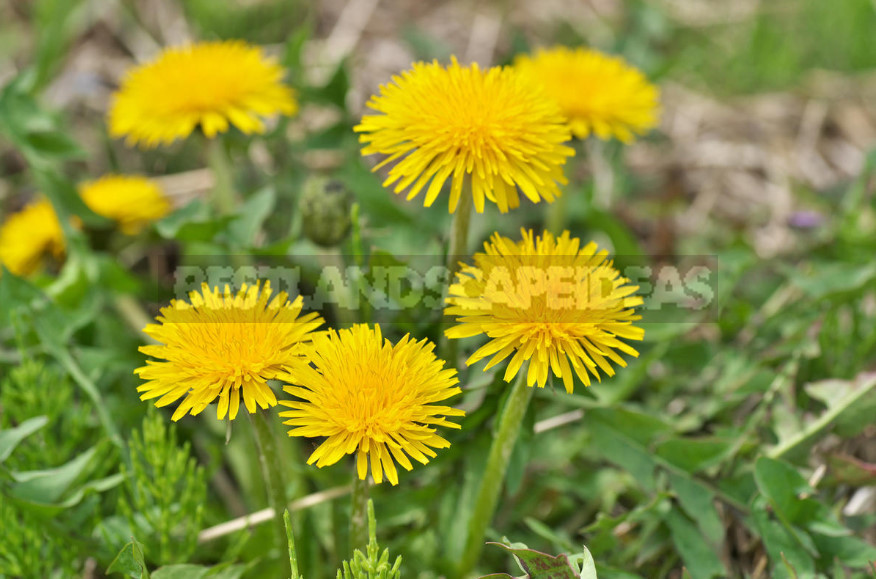
Used part of the plant: leaves, roots.
Pests: aphids, thrips, ticks, larvae of shield.
Infusion is prepared at the rate of 20-40 g of raw weight per 1 liter of water.
Chilli pepper
Grown in the country as one of the most popular spicy vegetable nightshade crops.

Used part of the plant: fruit.
Pests: aphids, spider mites, larvae, slugs.
Infusion is prepared at the rate of 100 g of raw mass per 1 liter of water.
Tanacetum vulgare
Weed, especially in the country is not grown.
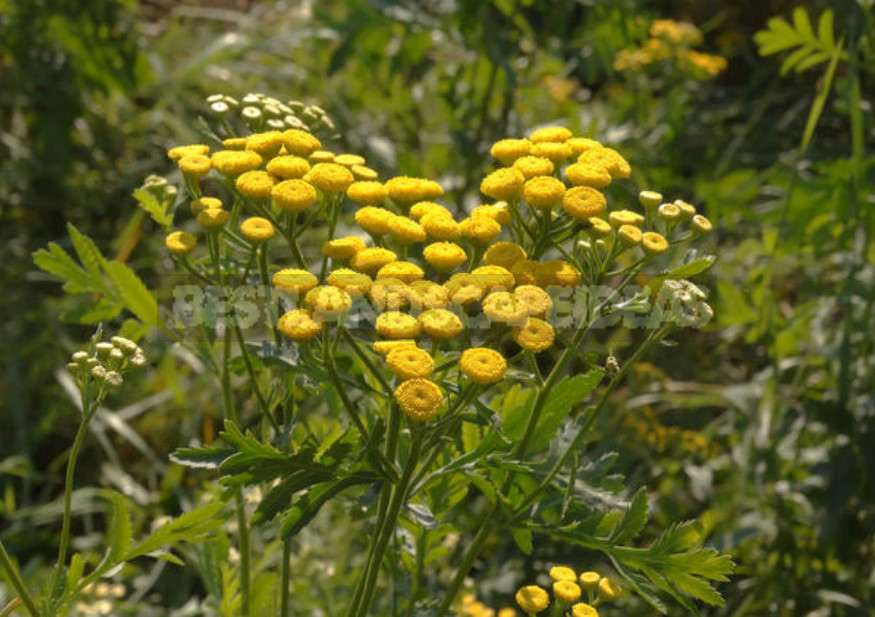
Used part of the plant: grass.
Harmful insects in the premises: moths, bedbugs, fleas, cockroaches.
The broth is prepared at the rate of 80 g of dry raw materials per 1 liter of water.
Artemisia
Artemisia absinthium, Artemisia abrotanum, Artemisia vulgaris and other specifically grown is weeds. Harvested in the wild.
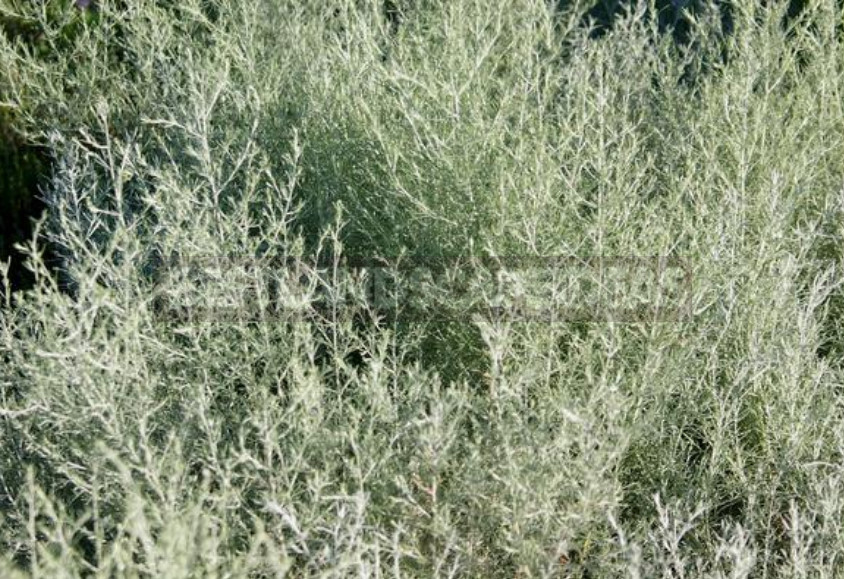
Used part of the plant: grass.
Pests: caterpillars of moth, leaf-eating insects.
The broth is prepared at the rate of 2-3 kg of finely chopped grass for 10 liters of water, cook for 30 minutes, insist 1 day, filter, add 40 g of grated soap or 1-2 tablespoons of washing powder.
Tomato ordinary
Grown in the country as one of the main vegetable nightshade crops. In pest control use the whole plant (tops) after collecting vegetables or rejected specimens.
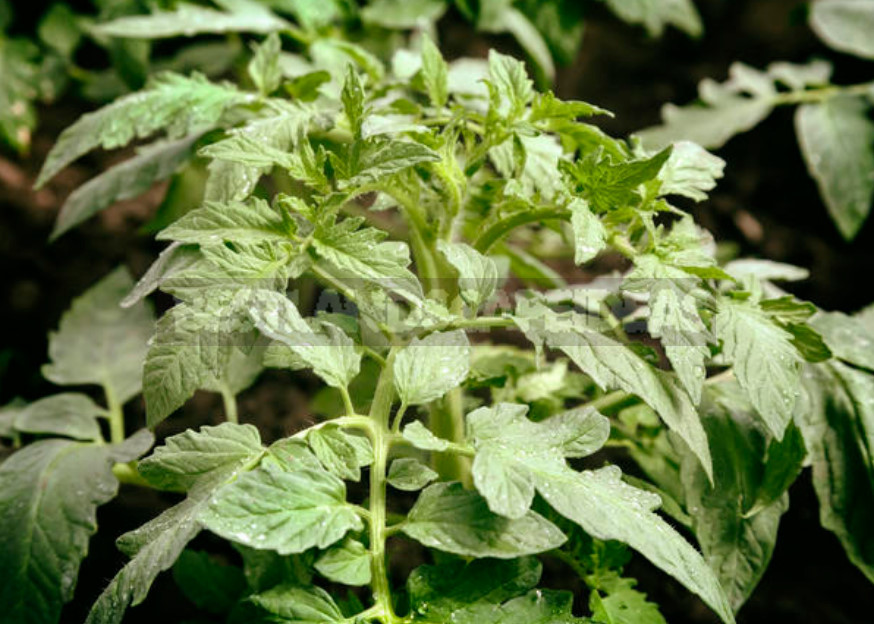
Pests: the larvae of sawflies, scale insects, leaf-eating.
The broth is prepared at the rate of 400 g of crushed mass per 1 liter of water; dilute 3-5 times before use.
Discoidea Matricaria and Tripleurospermum inodorum
Weeds. Specially not grown, harvested in nature.
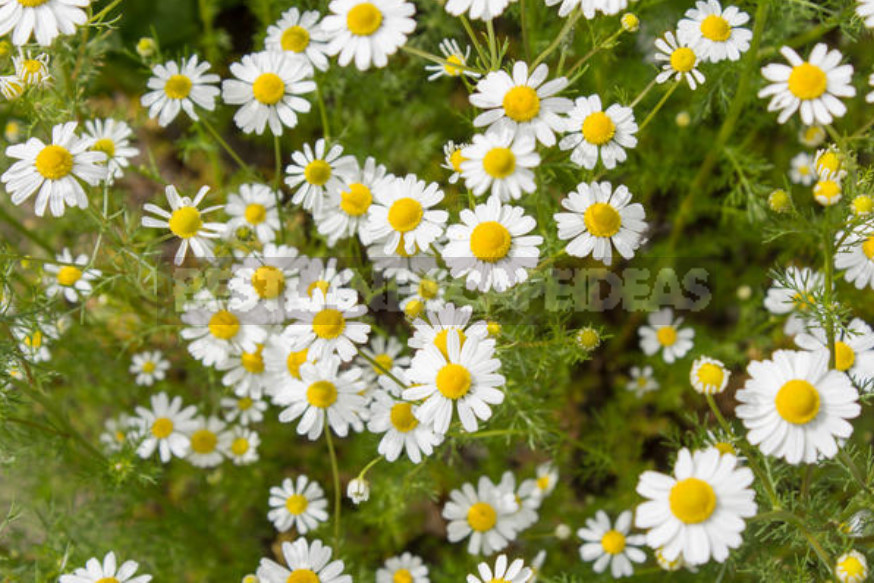
Use the whole plant.
Pests: mites, thrips, aphids, larvae of sawflies.
Infusion is prepared at the rate of 100 g of dry weight per 1 liter of water; dilute with water before use (1:3).
Tobacco, shag
You can plant 2-3 plants in the background of the flower garden or along the fence.
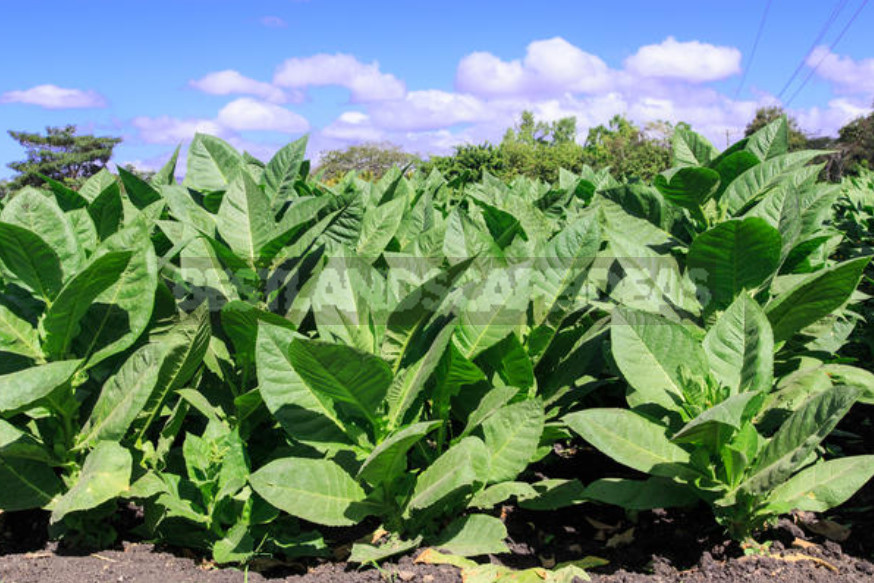
Used part of the plant: leaves, stems.
Pests: aphids, thrips, spider mites, whiteflies.
Infusion is prepared at the rate of 40-50 g of dry weight per 1 liter of water; dilute with water before use (1:2).
Achillea millefolium
In the country grow its decorative varieties, and a typical view is collected in nature. Use the whole plant.
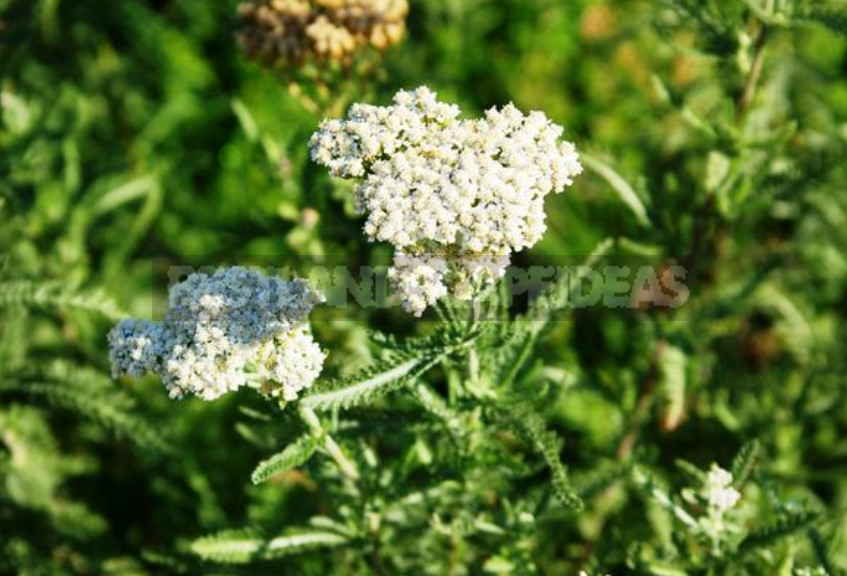
Pests: larvae of insects, mites, scale insects, coccidae.
The broth is prepared at the rate of 80 g of dry raw materials per 1 liter of water.
Helichrysum arenarium
You can settle it in the country rockery or harvest in nature.
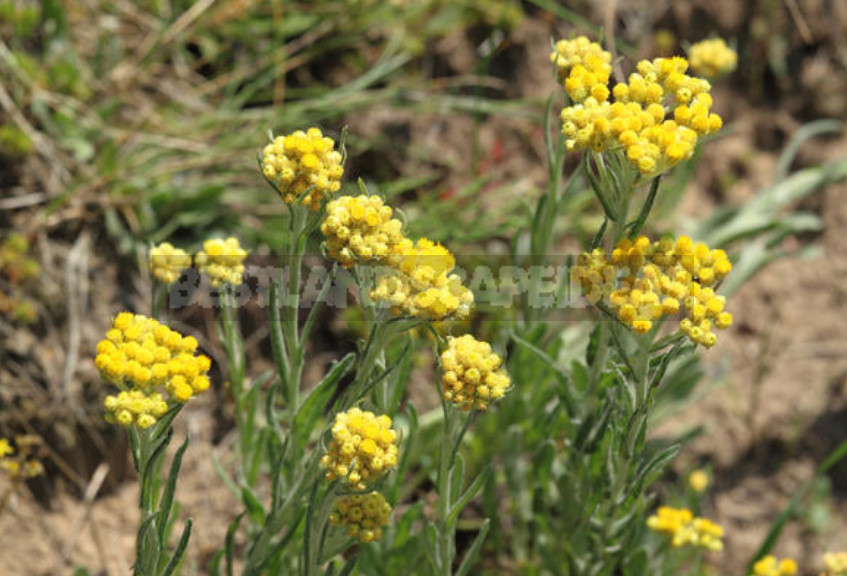
Used part of the plant: grass.
Pests in the room: mole.
Lay out the dry grass in the cabinets. To plant does not fall, it is better to pack it in a gauze bag.
Garlic sowing
One of the main onion crops that we grow in the country.
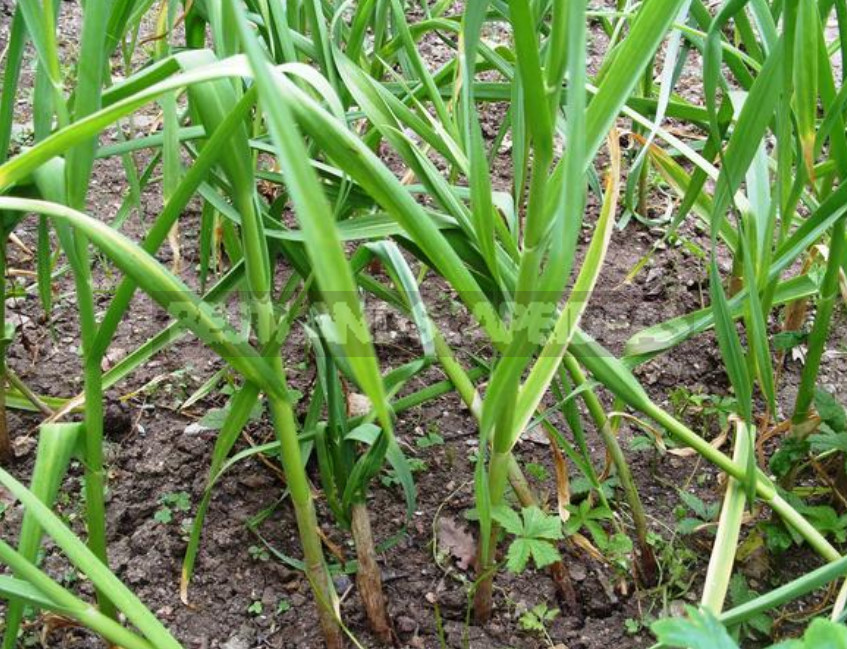
Used part of the plant: bulbs.
Pests: aphids, scale insects, whiteflies, thrips.
The infusion is prepared at the rate of 250-300 g of raw mass per 1 liter of water; before use, diluted.
Chelidonium majus
Not specifically raise, he settled in the country without an invitation. Use the whole plant.
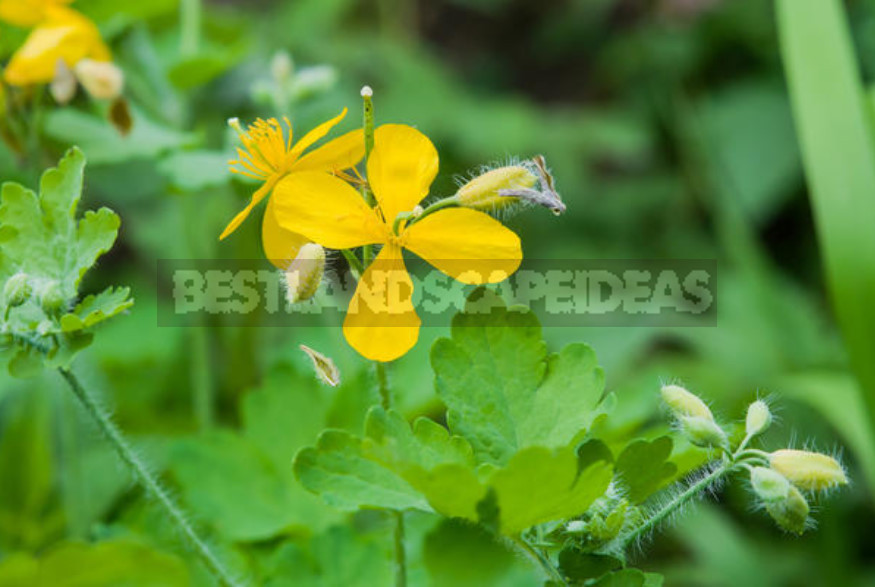
Pests: false insects, aphids, thrips, whiteflies.
Prepare infusion at the rate of 300-400 g of raw mass per 1 liter of water.
Some tips
- Infusions and decoctions are more effective on the day of preparation.
- When working with poisonous plants, it is necessary to protect the eyes with glasses, mouth, nose — respirator or gauze bandage to eliminate irritation of the mucous membrane.
- Plants can be harvested in advance, dried and stored for a year in places inaccessible to children, in a hermetically sealed container.
- For the preparation of infusions and decoctions of dry raw materials need 2 times less than fresh.
And what plants do you use in pest control? How do you harvest and use them?

